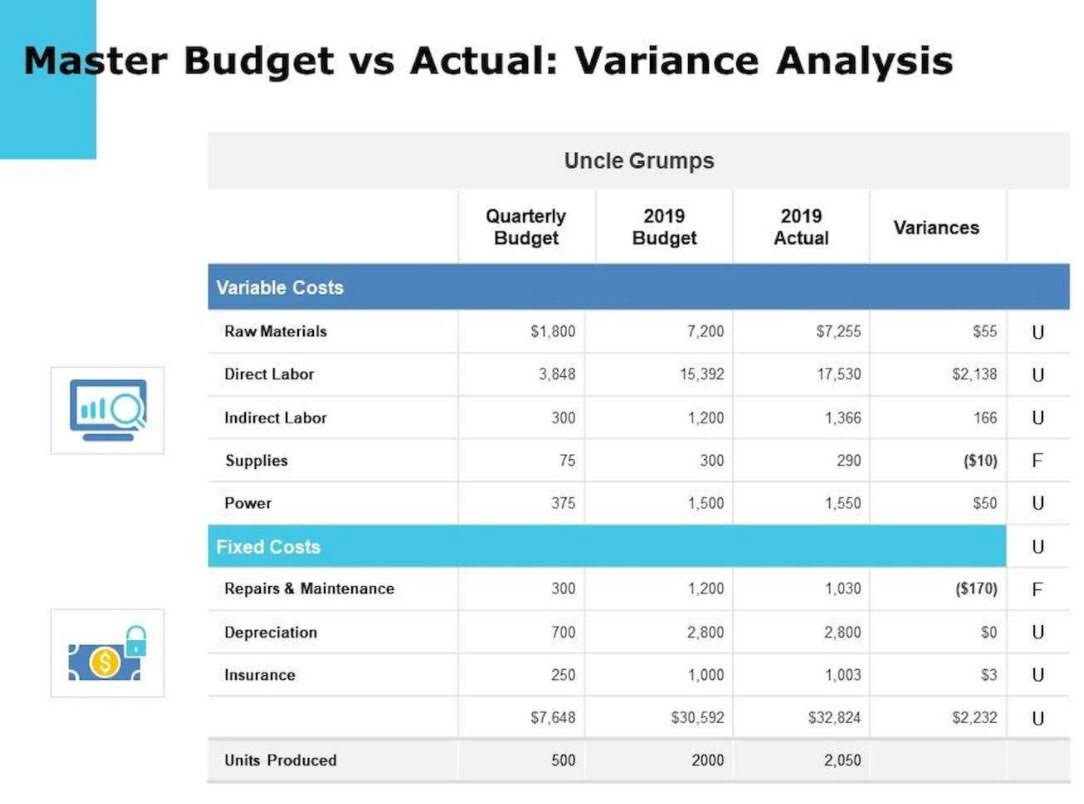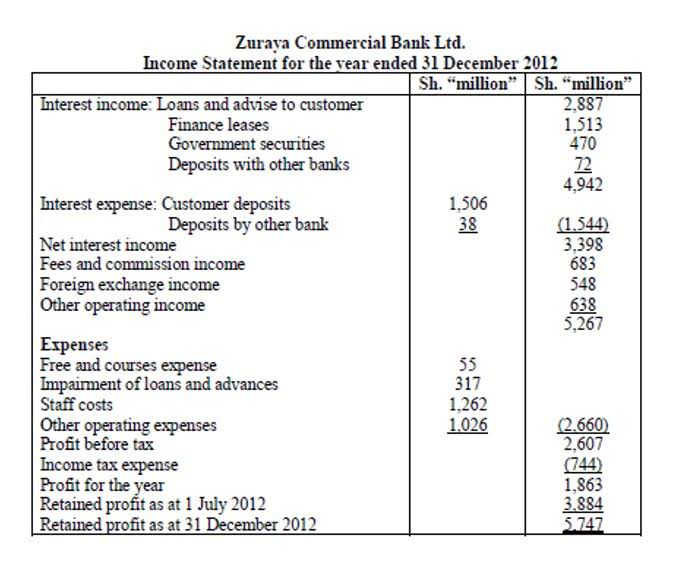And if you want to file your own taxes, TurboTax will guide you step by step so you can feel confident they’ll be done what is cafe 125 on w2 right. No matter which way you file, we guarantee 100% accuracy and your maximum refund.Get started now by logging into TurboTax and file with confidence. Each week, Zacks e-newsletter will address topics such as retirement, savings, loans, mortgages, tax and investment strategies, and more. Your box 14 is reporting something that is simply informational to you and your employer. The answer is “Yes” – the CAF125 is a deferment (pre-tax) of the employee’s wage and should already be subtracted from the total amount reported in Box 1 of the W-2.
Tax & Online Software Products
It’s always a good idea to stay up to date with any IRS announcements related to Section 125 to maximize your tax benefits. Participating in a Cafeteria 125 plan can indirectly affect your ability to contribute to an IRA by lowering your Modified Adjusted Gross Income (MAGI). This could make you eligible for IRA deductions or Roth IRA contributions that you might not have qualified for otherwise.
The deductions are already factored into your taxable income as shown on your W-2 form. When you get your W-2 tax form, you might notice a section labeled “Cafe 125” and wonder what it means. It’s easy to feel confused by these unfamiliar terms, but don’t worry – we’re here to simplify it for you!
Get pricing specific to your business
Under a cafeteria, or Section 125, plan, you pay for your employer-sponsored benefits with pretax money. Your employer deducts your payments from your wages before withholding certain taxes. Your employer doesn’t include your pretax payments in your taxable wages on your annual W-2. Take note of these options because it influences both your take-home pay and the taxes you owe.
Unless otherwise stated, each offer is not available in combination with any other TurboTax offers. Certain discount offers may not be valid for mobile in-app purchases and may be available only for a limited period of time. You are being directed to ZacksTrade, a division of LBMZ Securities and licensed broker-dealer.
- If this isn’t the case, these contributions are subject to taxes and must be reported accordingly on the W-2 form.
- However, the immediate tax savings for most employees outweigh this small reduction in future benefits.
- However, these benefits, except the forfeited ones from a cafeteria plan, are still subject to social security, Medicare and railroad retirement taxes.
- SOMETIMES Box 14 is used for one of the categories on the drop-down list and it is an additional tax or deduction.
- ZacksTrade does not endorse or adopt any particular investment strategy, any analyst opinion/rating/report or any approach to evaluating individual securities.
In this guide, we’ll explain what Cafe 125 is, how it affects your taxable income, and what it means for your tax return. It’s important to note that reducing your taxable income through Cafeteria 125 contributions can affect other tax-related items. For instance, it may lower your Adjusted Gross Income (AGI), impacting your eligibility for certain tax credits or deductions. If you’re close to a tax bracket threshold, Cafeteria 125 contributions could potentially move you into a lower tax bracket. Understanding Cafe 125 empowers you to make informed decisions about your benefits.
Access additional help, including our tax experts
RD | CPA, MBA, Over 10 yrs of experience in tax planning and business consulting.. Contact a tax specialist today to explore how to reduce, resolve, or eliminate your back taxes with the IRS Fresh Start Program. Choose the right options for your business with the help of licensed professionals. Before diving into how Cafeteria 125 appears on your W-2, it’s essential to understand what this term means. Intuit reserves the right to modify or terminate any offer at any time for any reason in its sole discretion.
Learn more about the benefits of Cafe 125 plans and how they impact your tax return. Your contributions come out of your paycheck before taxes are calculated, leading to significant savings. This could not only save you money in federal income tax but also reduce your Social Security and Medicare taxes. By offering these plans, they save on payroll taxes and potentially boost employee satisfaction, making it a win-win scenario. Cafe 125 refers to IRS regulation code section 125, which governs cafeteria employee benefit plans. Think of it like building your meal at a cafeteria, but instead of food, you’re selecting from a buffet of benefits like health insurance, life insurance and dependent care assistance.
However, consulting with a tax professional is important to understand how your situation is affected. Understanding the rules around mid-year changes can help you avoid being stuck with unsuitable benefit elections. Generally, the Box 14 items of your W-2 are for informational purposes and would not affect your income tax return. The beauty of these choices is the flexibility, letting you craft a compensation package that aligns with your unique circumstances.
These deductions are removed from your paycheck to fund certain benefits, like health insurance or retirement contributions, before your income is subject to tax. This means the amount set aside for these benefits isn’t subject to income tax, which is a sweet deal for you. The primary benefit of Cafeteria 125 plans is that they reduce your taxable income. The amount you contribute to these plans is deducted from your gross income before taxes are calculated. This means you’re paying taxes on a lower amount, potentially reducing your overall tax liability.
For example, some Pennsylvania employees have to pay an unemployment tax, and that tax is listed in Box 14. On your W-2 form, you’ll typically find the Cafeteria 125 information in Box 14, labeled “Other.” This box is used for additional information that doesn’t fit into the standard boxes on the form. You may see an entry labeled “Caf 125” or “Section 125” followed by a dollar amount. Now that we understand Cafeteria 125 plans, let’s explore how they are represented on your W-2 form. With TurboTax Live Full Service, a local expert matched to your unique situation will do your taxes for you start to finish. Or, get unlimited help and advice from tax experts while you do your taxes with TurboTax Live Assisted.
If you’re self-employed or a contractor, consult a tax professional to explore the best options. While Cafeteria 125 contributions reduce your income tax liability, they also slightly reduce your Social Security wages. This means you’re paying less in Social Security taxes, which could have a minor impact on your future Social Security benefits. However, the immediate tax savings for most employees outweigh this small reduction in future benefits. If this isn’t the case, these contributions are subject to taxes and must be reported accordingly on the W-2 form.
- Now that we understand Cafeteria 125 plans, let’s explore how they are represented on your W-2 form.
- For example, in recent years, the IRS has allowed greater flexibility for FSA rollover rules, allowing employees to roll over up to $610 of unused FSA funds into the next year.
- Each person should consult his or her own attorney, business advisor, or tax advisor with respect to matters referenced in this post.
- The amount you get after reconciling your W-2 should usually match what’s on your pay stub.
- Make sure you understand this section because it impacts your taxable income and, therefore, your tax liability when filing taxes.
- All features, services, support, prices, offers, terms and conditions are subject to change without notice.
What benefits are not included in section 125?
Your last pay stub for the year includes pretax deductions in your gross wages. The amount you get after reconciling your W-2 should usually match what’s on your pay stub. Essentially, non-taxable benefits offer you a valuable way to increase your overall compensation without adding to your taxable income, providing an extra financial edge. These distinctions help you to make informed decisions about your compensation package. On a W-2 tax form, “Cafe 125” refers to a section that deals with certain benefits offered to you by your employer.
When you get your W-2, Cafe 125 shows how much you’ve contributed to your cafeteria plan. It’s usually in Box 14, under “Other,” and tells you how much of your income escaped taxation. Having Cafe 125 benefits does not make filing your taxes more complicated. The contributions you’ve made are reflected in your taxable wages in Box 1 of your W-2, which means you’ve already benefited from the tax advantages upfront. To offer you Section 125 benefits, your employer must establish a plan that meets Section 125 of the Internal Revenue Code.
However, while the plan may offer many benefits, box 14 of your W-2 shows only the benefits that apply to you. If you’ve noticed Cafe 125 on your W-2 tax form, you might be curious about its meaning and how it affects your taxes. Cafe 125 refers to the Cafeteria Plan under Section 125 of the IRS tax code. These plans allow employers to offer a range of pre-tax benefits, such as health insurance, dependent care assistance, and flexible spending accounts (FSAs). Under Cafe 125, adoption benefits provided by employers are exempt from federal income tax withholding. However, these benefits, except the forfeited ones from a cafeteria plan, are still subject to social security, Medicare and railroad retirement taxes.
File your taxes, your way
The benefits of a 125 plan must be made available to all company employees. At the option of the employer, the benefits may be also be made available to spouses and dependents. This means that money in your 125 plan account can also be used to pay qualified expenses incurred by your spouse and dependents. This section on the W-2 delineates the amount of pre-tax deductions taken from your paychecks throughout the year to fund these benefits. Make sure you understand this section because it impacts your taxable income and, therefore, your tax liability when filing taxes.
In addition to being tax advantageous, cafeteria plans can help employers attract and retain talent. Employees today place great emphasis on having access to flexible benefits that improve the well-being of themselves and their families. When choosing between two prospective employers, a section 125 plan could be the deciding factor. They are called cafeteria plans because employees are given a list of benefits to choose from, similar to a cafeteria-style menu.














